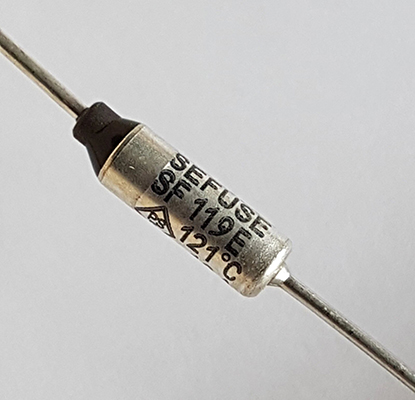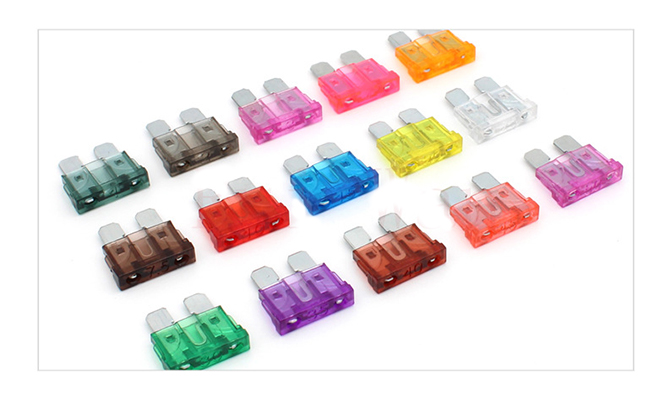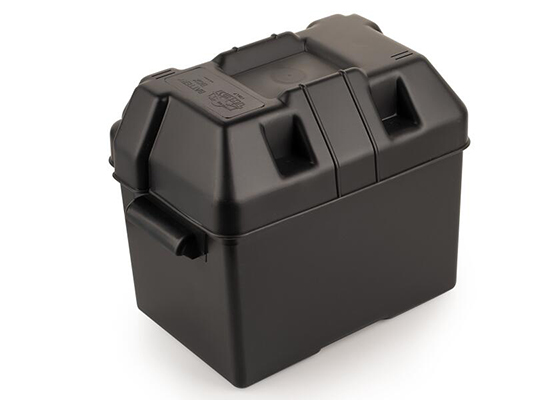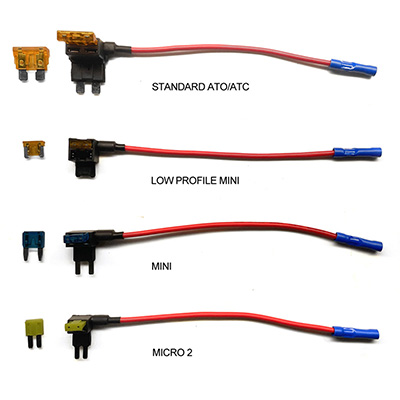The Importance of Current Fuses in Automotive Braking Systems for Sustaining Sensor Power
News 2025-10-24
Automotive braking systems have become increasingly complex with the integration of electronic controls to enhance safety and performance. Sensors play a pivotal role in these systems, detecting variables such as wheel speed and brake fluid pressure. To ensure these sensors receive a stable power supply, current fuses are employed. These fuses act as safeguards against electrical overloads, disconnecting the circuit when excessive current is detected. This protection is crucial in maintaining the functionality of braking systems in various vehicles, from passenger cars to commercial trucks. By focusing on current fuses, this article explores their importance in sustaining sensor power and overall system reliability.

Application Scenarios in Automotive Braking Systems
Current fuses are integral to several key applications within automotive braking systems. For instance, in Anti-lock Braking Systems (ABS), they protect wheel speed sensors that prevent wheel lockup and skidding. In Electronic Stability Control (ESC), fuses safeguard yaw rate and lateral acceleration sensors, which help maintain vehicle stability during cornering and evasive maneuvers. Furthermore, in modern vehicles equipped with automatic emergency braking, current fuses ensure that radar and camera sensors function without interruption, enabling timely intervention to avoid collisions. This widespread use underscores the versatility of current fuses in enhancing braking performance across different driving scenarios.
Performance Advantages of Current Fuses
The performance advantages of current fuses make them indispensable in automotive applications. They offer fast-acting protection, responding to overcurrent conditions in milliseconds to prevent damage to delicate sensor components. This rapid response enhances system durability and reduces the likelihood of costly repairs. Additionally, current fuses are highly reliable, with designs that withstand harsh automotive environments, including temperature extremes and vibrations. Their ability to maintain consistent power delivery ensures that sensors provide accurate data, which is critical for the precise control of braking forces. Moreover, these fuses contribute to energy efficiency by minimizing power losses and are compatible with the low-voltage requirements of modern sensor technologies.
Frequently Asked Questions
1. What role do current fuses play in sensor protection?
Current fuses protect sensors by interrupting the electrical circuit during overcurrent events, thus preventing overheating and potential failure.
2. Why are current fuses important for braking system reliability?
They ensure that sensors remain operational by safeguarding against electrical faults, which could otherwise compromise braking performance and safety.
3. How often should current fuses be inspected in vehicles?
Regular inspection during routine maintenance is recommended, typically every 12,000 to 15,000 miles, or as specified by the vehicle manufacturer, to ensure they are in good condition.


